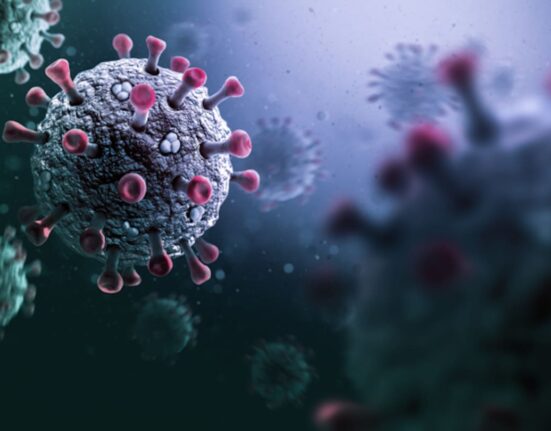An extraordinary discovery in the realm of science has unveiled a promising ally in the battle against drug-resistant superbugs – the humble Sydney rock oyster. Yes, you read that right! Researchers from Australia have stumbled upon a fascinating protein nestled within the blood of these unassuming oysters that could potentially revolutionize antibiotic treatments.
Unlocking Nature’s Defense System
The Sydney rock oyster, scientifically known as Saccostrea glomerata, holds within its haemolymph – akin to blood – a remarkable antimicrobial protein. This protein doesn’t just stop at killing bacteria on its own; it also possesses the unique ability to enhance the efficacy of certain traditional antibiotics when used in tandem.
In today’s world where antimicrobial resistance looms ominously like a dark cloud over global health, this discovery couldn’t have come at a more crucial time. The World Health Organization has long warned about the impending crisis posed by superbugs and their potential to render our most vital drugs ineffective by 2050. But now, with this newfound revelation, there is a glimmer of hope on the horizon.
A Potential Game-Changer
Laboratory experiments conducted by Australian scientists have showcased the incredible prowess of this oyster-derived protein. It was found to effectively combat notorious bacterial strains such as Streptococcus pneumoniae and Streptococcus pyogenes – responsible for causing pneumonia and strep throat respectively.
But that’s not all. When paired with conventional antibiotics like ampicillin and gentamicin, this protein exhibited an astonishing enhancement in their effectiveness against formidable foes like Staphylococcus aureus (golden staph) and Pseudomonas aeruginosa. These bacteria often prey on individuals with weakened immune systems, making them particularly dangerous adversaries.
The Quest for Answers
While these findings hold immense promise, there is still much ground to cover before this breakthrough can be translated into real-world applications. Co-author of the study, Prof Kirsten Benkendorff from Southern Cross University, emphasized the need for further research to purify the protein and unravel its mechanisms at a deeper level.
“It’s like nature has bestowed upon us this hidden gem,” mused Prof Benkendorff. However, she cautioned against jumping to conclusions too soon. The journey from lab discovery to clinical treatment is rife with challenges that demand meticulous exploration every step of the way.
Expert Perspectives
Renowned infectious diseases expert Prof Jonathan Iredell hailed this finding as a significant leap forward in combating microbial threats. He shed light on how these antimicrobial peptides present in the oyster protein offer novel mechanisms that hold great promise for future interventions.
On another front, CSIRO’s antimicrobial resistance mission leader Prof Branwen Morgan commended this revelation as an “exciting discovery” amidst escalating concerns over biofilm-related infections worldwide. She underscored the importance of exploring alternative avenues beyond traditional antibiotics given the surge in drug-resistant cases globally.
As discussions around sustainable healthcare solutions gain momentum, could these unassuming Australian oysters hold part of the answer? Only time will tell as researchers delve deeper into harnessing nature’s gifts for our benefit.









Leave feedback about this